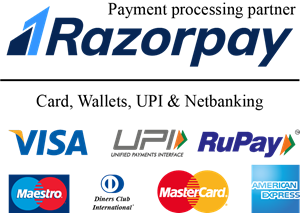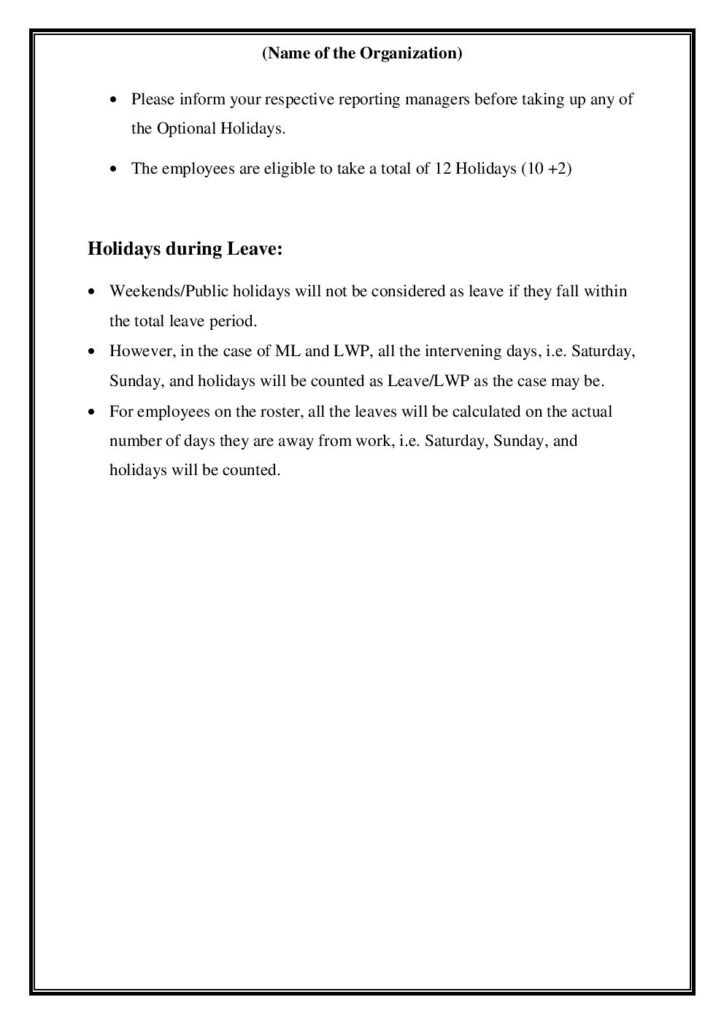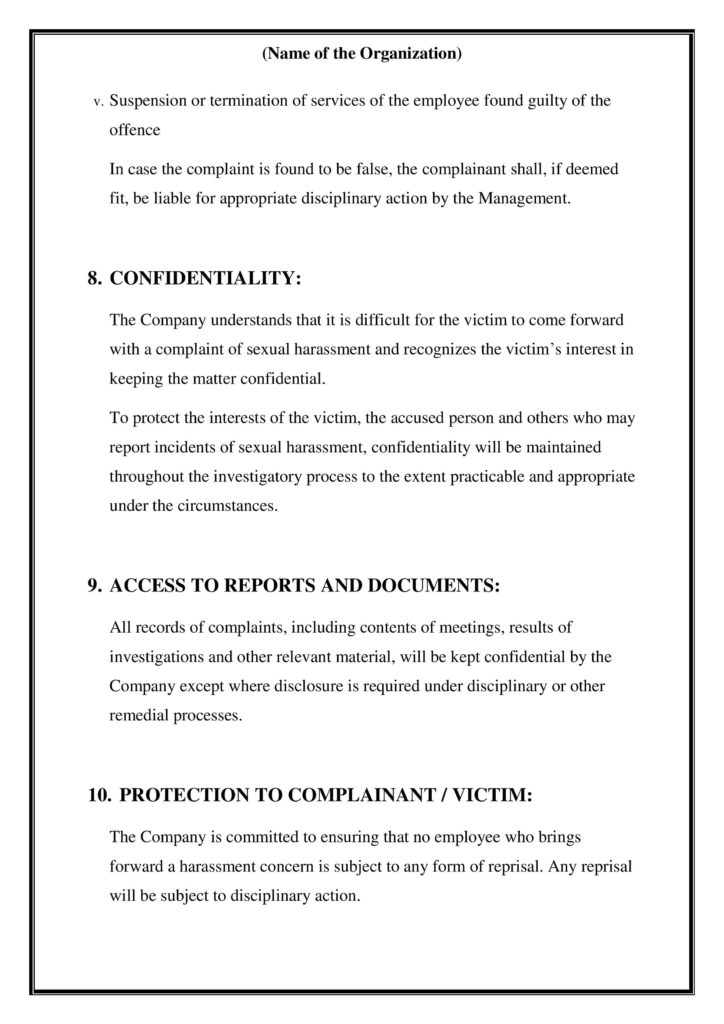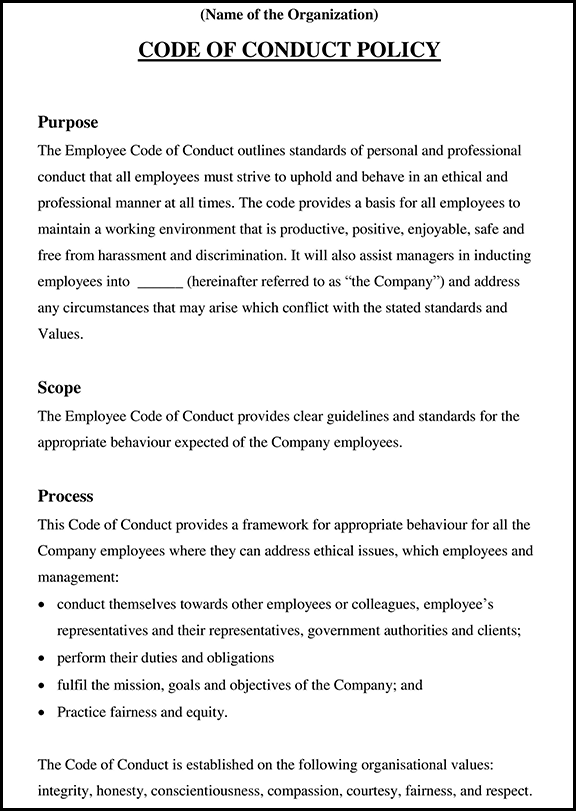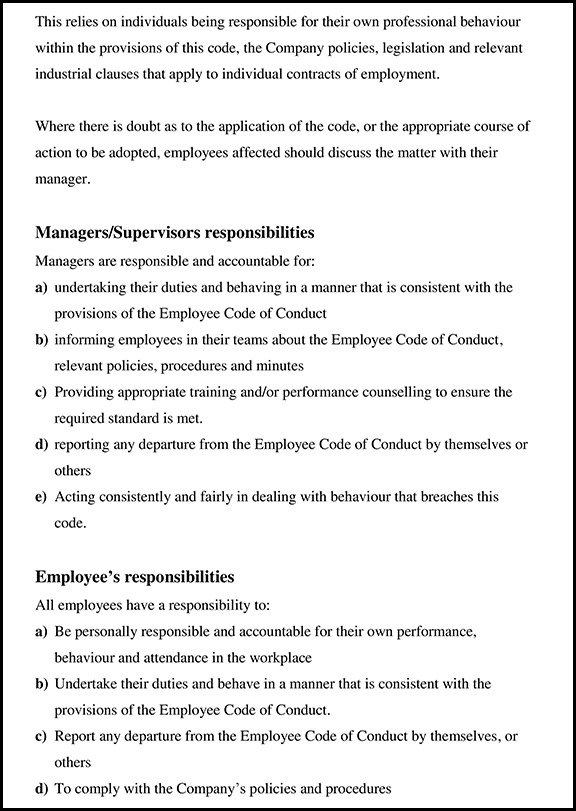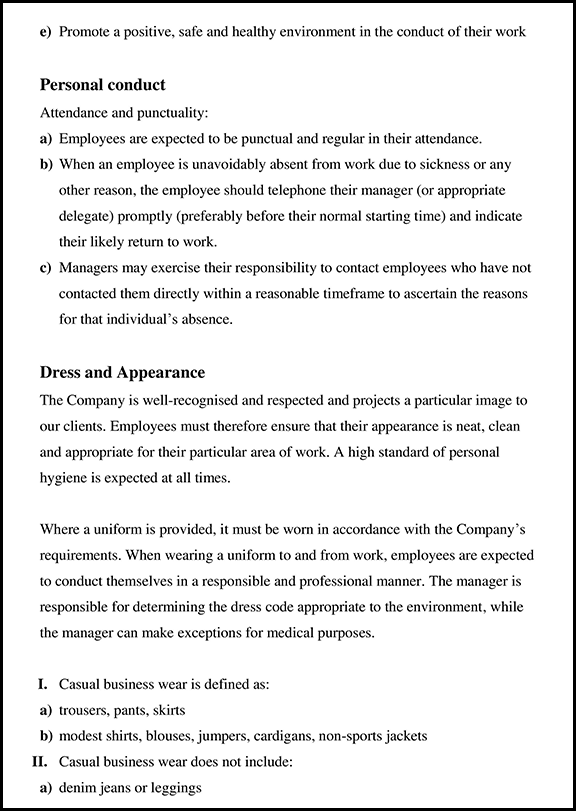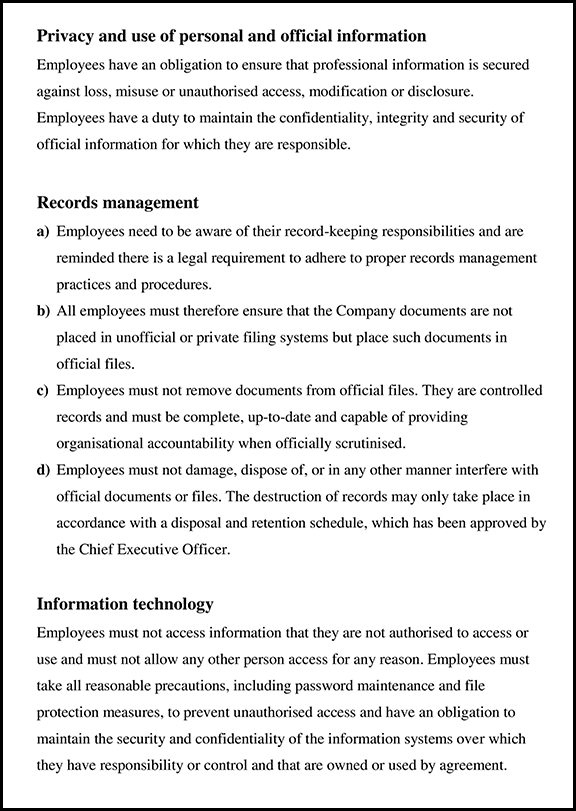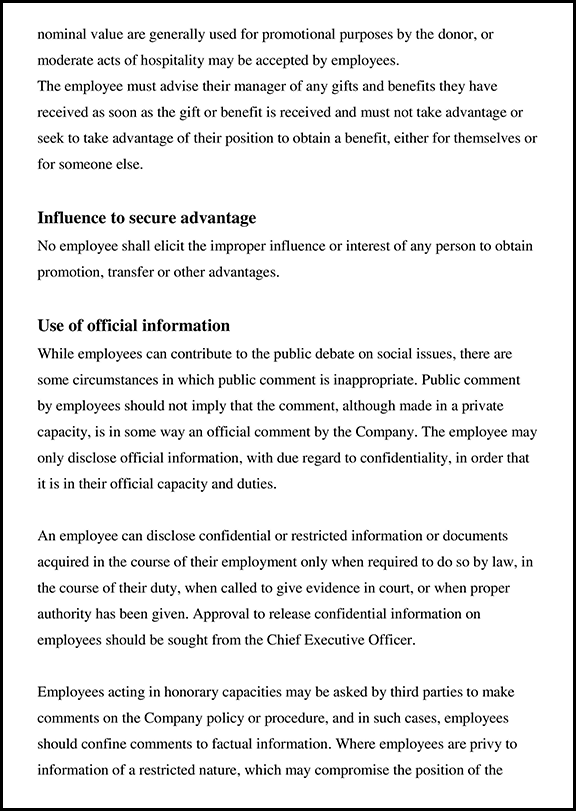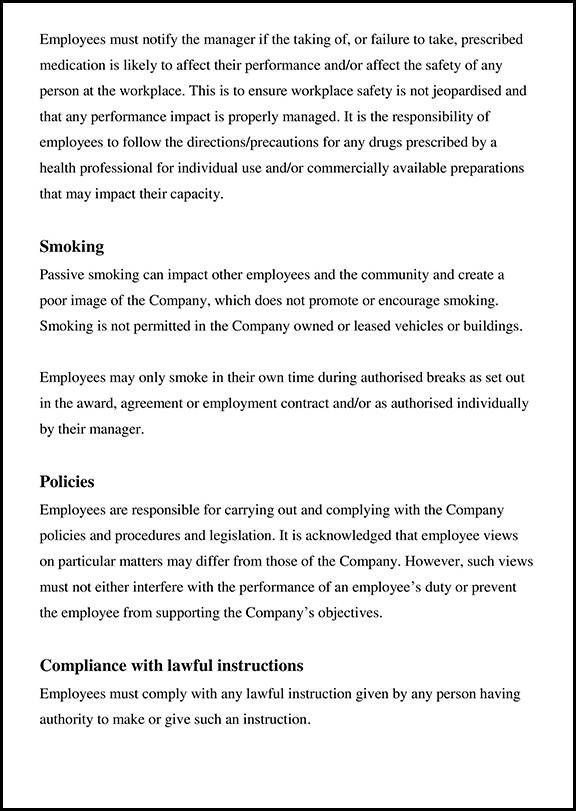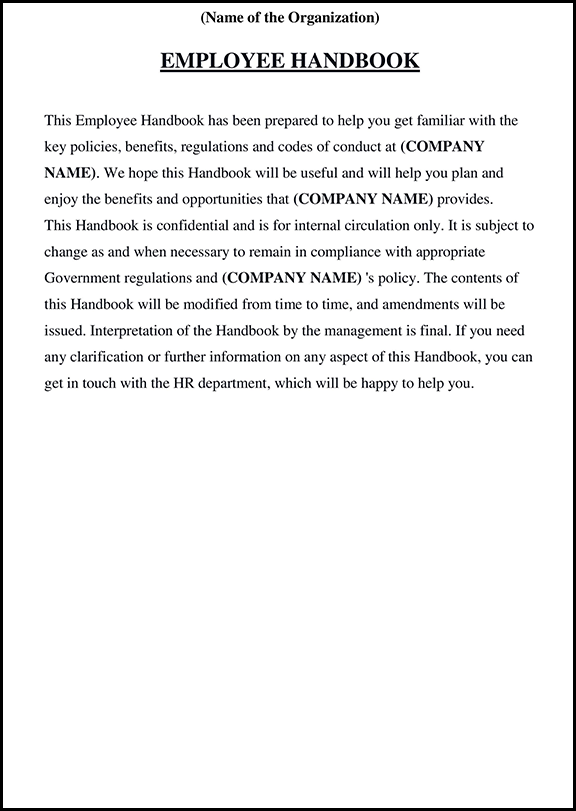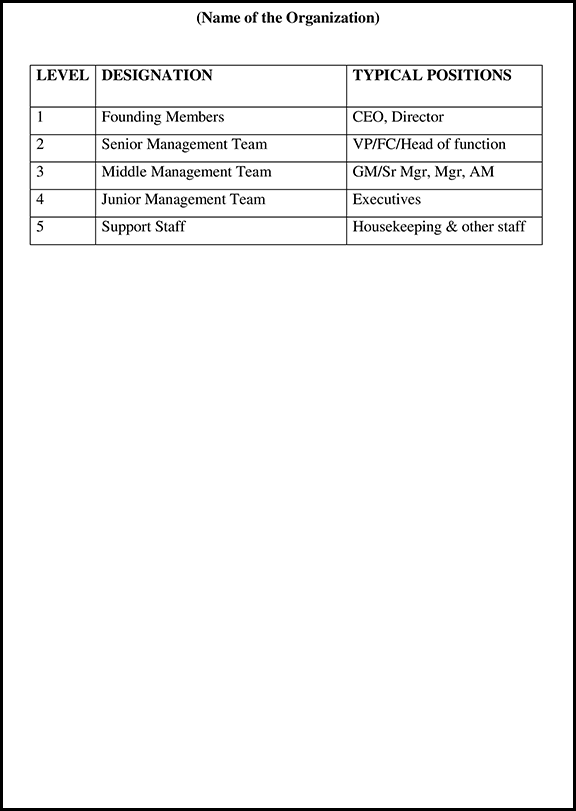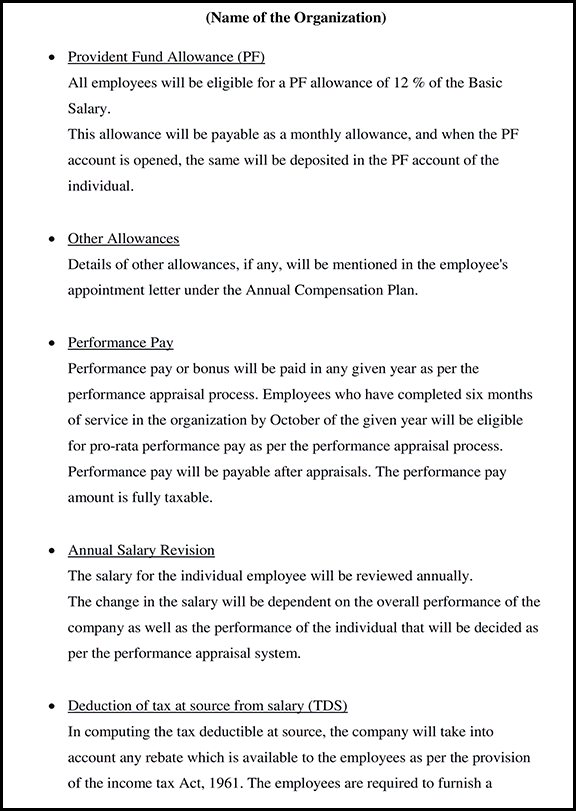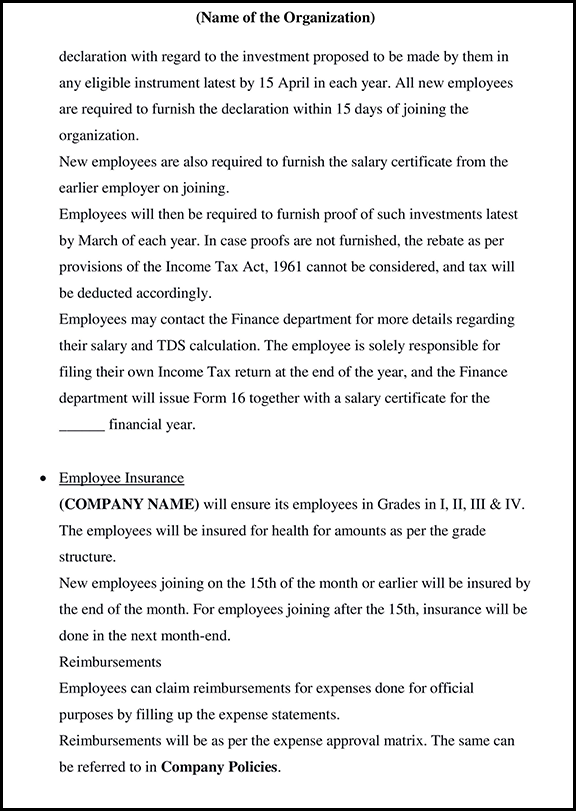Applicant Tracking System: Simplify your Recruitment Processes
Isn’t spending long hours filtering resumes and following up with applicants for interviews a waste of time? Due to this, recruiters and HR teams compromise on their productivity. As a result, the company has to suffer timewise, monetary-wise, leading to delayed goal achievement. In short, the traditional way of working hampers creativity. What is the solution to overcome such a loss? Fortunately, there is one solution, i.e., automating everything from screening applications to onboarding employees through the “Applicant Tracking System.”
Almost 80% of the companies have adopted applicant tracking system software. Such training management software works on behalf of recruiters by managing everything from screening, recruiting, and hiring to onboarding candidates.
In this article, you will get everything about recruiting software, from its benefits, working, and features to the list of software.
What is an Applicant Tracking System?
An Applicant Tracking System (ATS) is computer-based software designed to streamline the recruitment and hiring process. Recruiters and employers generally use ATS recruitment software for job posting, managing applications, screening, and shortlisting candidates, scheduling interviews, and even sending out offer letters. As a result, it saves them time, effort & enormous money.
Even the source, “McCandless, “Recruitment strategies report,” says more than 86% of recruiters revealed that their hiring process got faster with an Applicant Tracking System (ATS).
Purpose of an Applicant Tracking System (ATS)
- The primary purpose of (ATS) in the recruitment process is to filter out the applications. It has resumes from a large pool of applicants database & its task is to distinguish eligible candidates from non-qualified candidates.
- Recruiters specify various parameters and keywords in the Applicant Tracking System (ATS) software that are further used to screen out the candidates matching the criteria set by the organization.
- For example, some of the parameters based on the screening are total years of experience, degree, skillset, projects undertaken, etc.
Benefits of using an Applicant Tracking System
Here are the benefits of using the Applicant Tracking System:
A. Improved Efficiency
The easiest way to lose the potential candidates who fit your organization is by depending upon the time-consuming manual tasks, false communication with key hiring clients & having poor collaboration within the recruitment teams. As a result, the Time-To-Hire and Cost-To-Hire of the candidates increase, leading to extreme loss to the company.
With the help of an ATS, every manual process has the potential to automate, leading to better visibility and employer-candidate communication throughout the hiring cycle.
B. Candidate Quality
With the help of the applicant tracking system, you no longer have to compromise on the overall quality of the candidate. “Quality Hire” is what ATS is based upon. An ATS can help improve the quality of candidates that apply for a job by using screening tools that can filter out unqualified candidates while identifying the most suitable candidates based on specific job requirements.
It helps reduce the number of irrelevant resumes and saves time for recruiters, allowing them to focus on candidates who are a good fit for the position.
In addition, you can custom set the parameters to automatically reject the applicants’ resumes that are unmatched by the criteria. Some of these parameters of acceptance or rejection are visa requirements, candidates’ location, age, years of experience, academics, skills, etc.
C. Reduced Time-to-Hire
With the help of an applicant tracking system, your time consumed to hire employees gets saved by almost 50%. Applicant Tracking System (ATS) automates the daily manual task performed by recruiters like scheduling interviews, sending out emails, and tracking them, increasing the overall speed of hiring & saving enormous time.
Moreover, the computer-based software scans the entire pool of candidates’ data taking care of background checks & online assessments. And it filters out the best candidates according to the custom-set requirements and rejects all unmatched profiles.
4. Manage Data
Applicant Tracking System (ATS) smoothly manages applicants’ large data pool. Data is collected in the ATS through a job board or talent pool. With the help of a job board, all the open vacancies the companies get immediately filled out. But on the contrary, various deserving candidates are not fit for immediate hiring but are good resources for the future.
So the record of such candidates can be stored and managed in the talent pool section. And with the help of an applicant tracking system, you can nurture them for future roles in the organization.
5. Data Analytics
Applicant tracking system helps in the proper hiring and Data Analytics. It generates well-researched reports and in-depth insights assisting organizations in the correct decision-making at the right time.
Data analytics is a powerful tool that changes the whole game. It allows you to view real-time reports on interview metrics, candidate rejection patterns, best hiring source, employee resignation patterns, average time spent, and candidates processed every week/month/quarter.
How does an ATS Work?
1. Recruiters post job openings on the ATS, including details such as job titles, descriptions, and qualifications.
2. Candidates submit their applications and resumes through the ATS, either by creating a profile or uploading their documents.
3. The ATS uses resume parsing technology to extract relevant information from resumes, such as work experience, education, and skills.
4. The ATS centralized candidate data, making it easy for recruiters to search, filter, and analyze information.
5. Recruiters use search and filtering tools to identify suitable candidates based on specific criteria, such as education, experience, location, and keywords.
6. Recruiters communicate with candidates through the ATS, either by sending emails or messages directly from the system. They can also schedule interviews and send out offer letters through the ATS.
7. The ATS tracks the status of each candidate in the recruitment process, including where they are in the pipeline and any notes or feedback from recruiters.
8. Recruiters and hiring managers can collaborate through the ATS, sharing candidate information and assigning tasks to team members.
9. The ATS provides analytics and reporting on recruitment metrics, such as time-to-hire, cost-per-hire, and candidate source, to help improve the recruitment process over time.
10. The ATS can integrate with other HR software, such as payroll software and onboarding systems, to provide a seamless recruitment experience and ensure consistency across different HR processes.
Key Features of an Applicant Tracking System (ATS)
Here are the Key Features of an HR Recruiting Software
1. Schedule Interviews
Half of the time of HR teams is wasted on coordinating, scheduling, & rescheduling interview sessions. With the help of an ATS system, everything gets streamlined. You can automate interviews rather than wasting your precious time rolling out reminder emails, coordinating with candidates through multiple calendars, and rescheduling interviews if any applicant postpones the interview time.
2. Email Templates
ATS also provides ready-made & easy to use well-defined email templates. Mail communication with candidates in a professional tone, well-structured & well-written email template builds a good rapport with the company. Moreover, it shows your consistent efforts & cares for the applicants.
3. Advanced Search
Previously, recruitment & HR teams had to check & scan every resume manually. This method is time-consuming and exhausting & increases the chances of skipping the right candidate. Thanks to the applicant tracking system that helps recruiters filter out candidates’ applications based on preset parameters. To pursue the right candidate, HR recruiting software provides advanced searches, i.e., using specific keywords, education, job titles, experience skills, age, etc.
4. Candidate Sourcing
Finding the right candidate to fill the vacancy is the most cumbersome task ever. With the help of candidate sourcing features in an ATS, recruiters can easily hunt, recognize, and increase their reach to the suitable set of applicants for different job roles.
5. Real-Time Collaboration
Having multiple experts taking participation from the same organization on topics such as screening, sourcing, and decision-making for hiring new applicants is possible only through the automated ATS software.
6. Multi-Channel Candidate Sourcing
The manual hiring process has limited options to find the right match for the vacant job. With the help of ATS software, recruiters can look for the right fit through multiple channels. Some candidate-sourcing channels are social media, employee referrals, job boards, etc. It allows recruiters to reach out to a vast pool of candidates simultaneously.
6. Advanced Analytics and Reporting
Data analytics plays a crucial role in the recruitment & hiring process. The advanced analytics possessed by the ATS software helps you generate real-time reports, and metrics related to hiring trends, job applicants, etc. It does all the analysis on your behalf to understand what is working out & what needs to be opted out from our existing hiring strategies. It leads to smart & fast decision-making.
7. Resume Parsing
With the help of resume parsing, recruiters can easily pull out all the information about candidates from their uploaded resumes. Such data include past years’ work experience, contact details, relevant skills, work history, educational background, etc. This way, they don’t have to go through every resume individually to extract the relevant information. It saves an enormous time & effort for recruiters.
8. Multiple Integrations
The best part about an ATS is that you can integrate it with various other software. Some of this software are accounting software, time management software, marketing software, CRM systems, etc. The HR team, this way, finds it easy to have clear communication and prompt data retrieval without any waiting period.
List of Applicant Tracking System Software
Here is the detailed list of Applicant Tracking Software provided by various companies:
1. Keka
Keka is one of the most popular ATS for hiring & onboarding candidates. Its features include score card, job board management, report & analytics, pre-employment tests & candidate kanban.
2. Zimyo
Zimyo is the leading applicant tracking system software with excellent features such as career page hosting, job distribution, job boards, rich candidate profile, hiring panels, etc.
3. Zoho
Zoho Recruit is the best ATS that provides test drive, auto candidate matching, onboarding, LinkedIn integration, job board integration, and resume parser. You get a 15-day free trial & its price starts from $25 per user every month.
4. HR One
HR One is well known to offer ATS software with numerous useful features like data parsing, candidate record management, collaborative recruiting, analytics dashboard & reporting, seamless software integration, user-friendly & intuitive interface, etc.
5. Darwinbox
Darwinbox provides a comprehensive solution through its HR Recruiting Software. It has excellent features like intelligent automation, job board integrations, candidate profile management, configurable workflows, multi-channel sourcing, tracking & analytics, etc.
Conclusion
Streamlining the recruitment and hiring process through recruitment management software is essential to save time and enhance productivity. StartupHR Software provides demos and locates the best HR software for organizations.
Our highly experienced HR professionals understand the organizational problem in detail & accordingly suggest to them the relevant applicant tracking software. You also get an initial demo of how this software is built & operated to make your entire “Recruitment & Hiring process” more effective.
Hurry up! Reach out to us now & get personalized demo sessions before buying the Top ATS systems.








